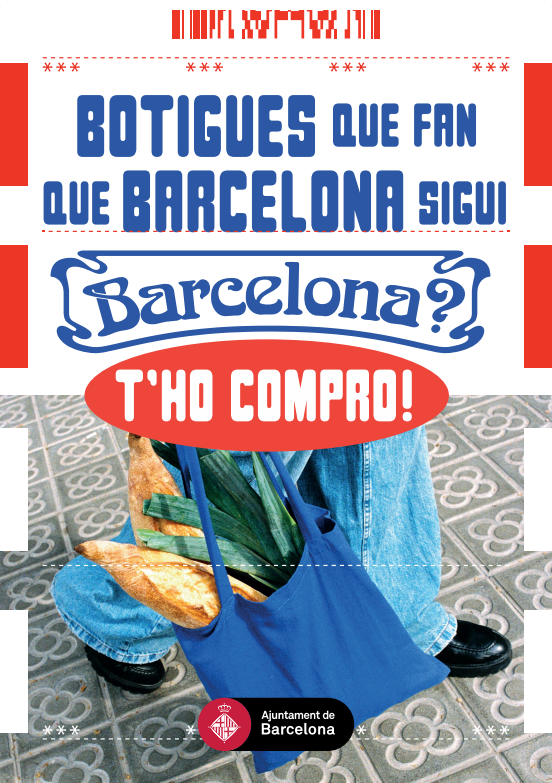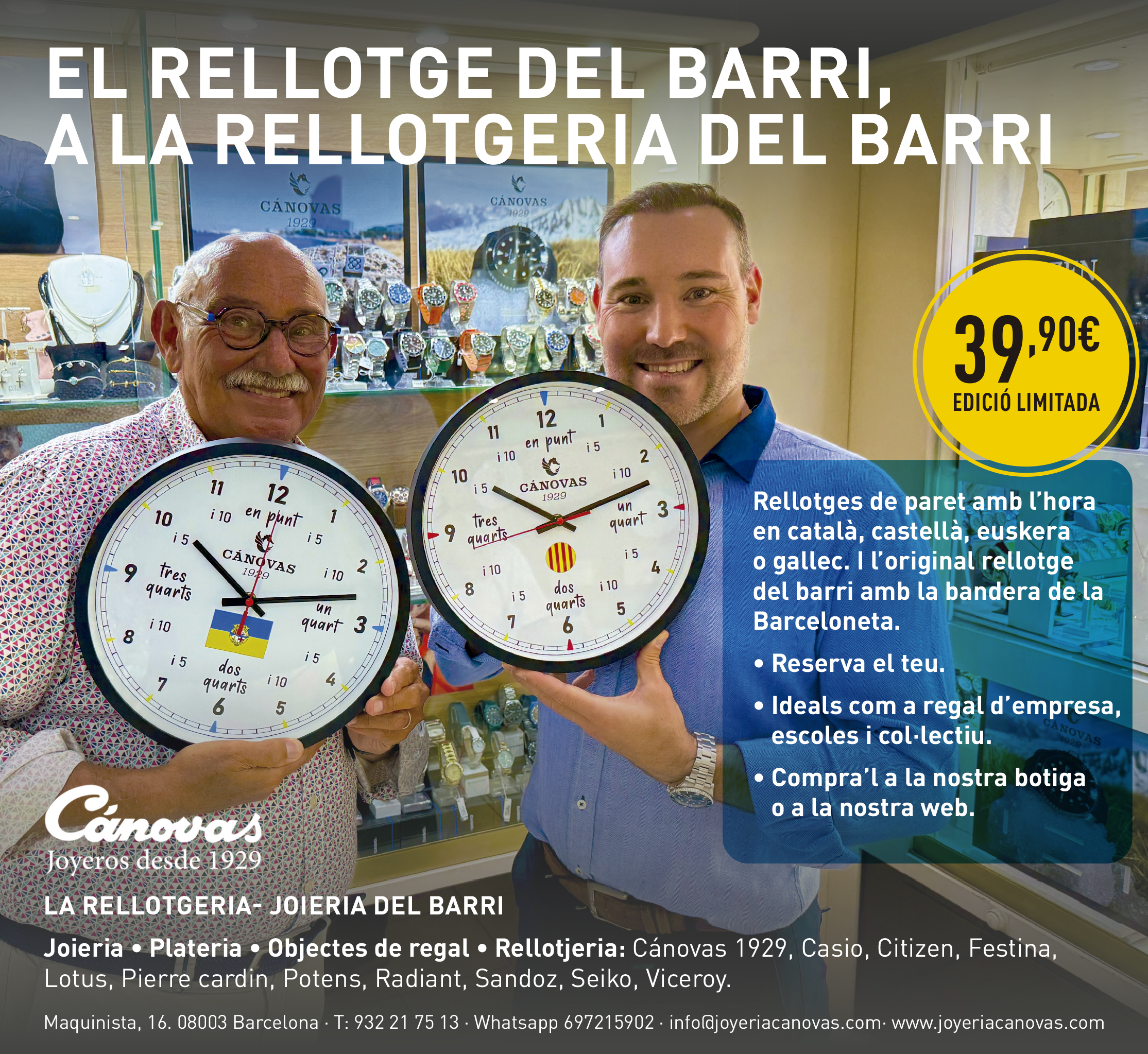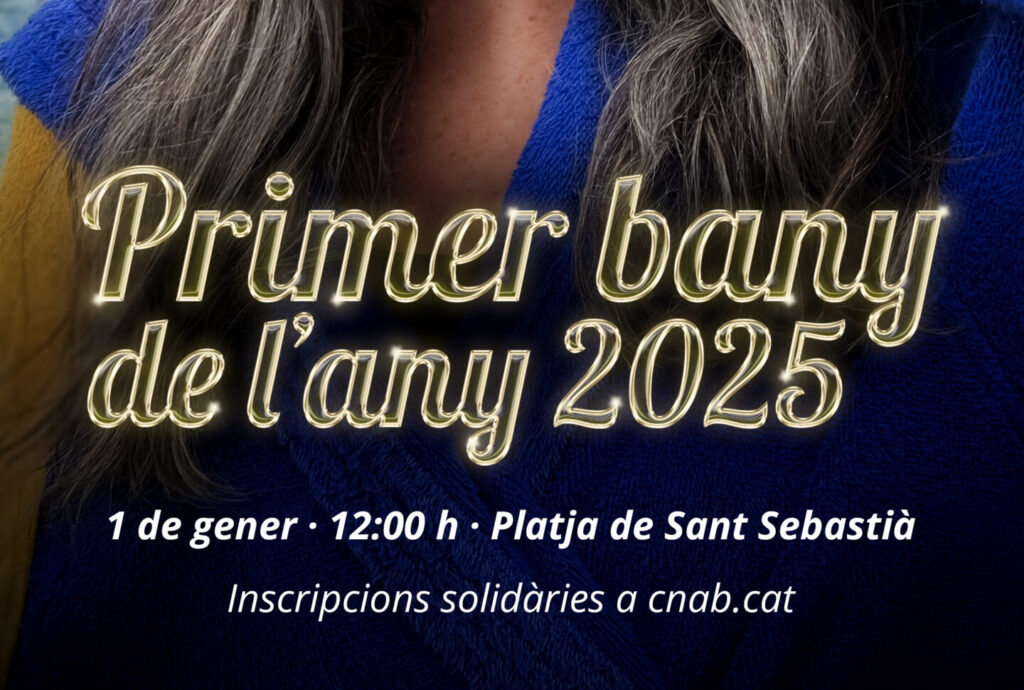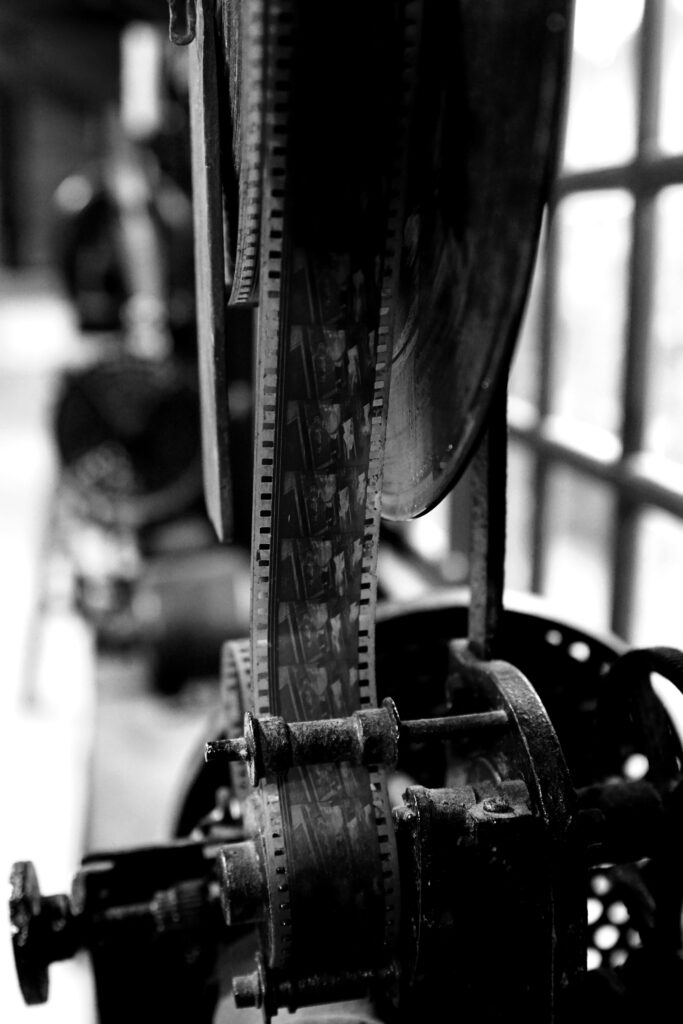In terms of sport, Barceloneta has always been associated with water sports and, let’s say, “pool” sports: swimming and water polo. But curiously, very close to the sea, a notable and interesting football tradition has developed since the beginning of the 20th century.
Pioneering clubs, especially, though not exclusively, the now-centennial FC Barceloneta (1918). Legendary players, presidents, and coaches, and a fan base that identified with that neighborhood football.
Barceloneta Football Club
Although it had been competing since 1918, it wasn’t officially established until 1930, specifically on May 2, 1930, at what would be its headquarters: the bar at Paseo Nacional 21. Curiously, it was initially called Foot-Ball Club Barceloneta, not Fútbol. In its early days, it participated in regional competitions. Its first president was Ramón López Izquierda.
The club was suspended during the Civil War, resuming its activities after the war. According to its first bylaws (1940), it was established as a sports society with the aim of “promoting football and other sports such as chess, swimming, hiking, etc.”
After the Civil War, they debuted in the second division in the 1940-41 season, where they played until 1953.
By 1948, it already had nearly 300 members, including some women, a curious fact in this era.
In 1977, it was re-founded with the merger of several clubs in the neighborhood: Atlántico Marítimo, San Carlos, Centro Deportivo Barceloneta, and Peña Barcelonina.
It made its debut in the 1977-78 season in the position occupied by Atlántico Marítimo, in the preferential category. Since then, it has alternated between different territorial categories and has been proclaimed group champion in 1990, 1994 and 2010. It is worth highlighting the five seasons that it played in the Catalan first division, between 1994 and 1999.
Among other achievements, it is worth highlighting their successful participation in the 1994 Copa Catalunya, in which they defeated clubs such as Europa, Sant Andreu, and Lleida, who played in the 2nd A division.
It’s also worth remembering their two finals in the Catalan Football Tournament: in 1996, Horta-Barceloneta, 2-2, losing 4-3 on penalties; and in 2000, Júpiter-Barceloneta, 1-1, losing 5-3 on penalties.
Also memorable were the promotions to Preferente in 2006-07 with the Manolos (Murciano and Romero) as coaches. This promotion play-off was lost against Mollet, but the team was promoted after Figueres resigned. Also unforgettable was again the promotion to Preferente Preferente in the 2010-11 season, with Manel Romeno as coach.
Always, with the unconditional support of the lively, and sometimes visceral, fans of Penya Els Mariners.
Fields
1st OD Gas Sports Field. Located next to the Turin.
2nd Provisional at first Pg Marítim while they built the new one.
3rd Field at the end of Pg Marítim. Inaugurated by City Councilor and neighborhood resident Mr. Alfons Cánovas on October 3 , 1971. It disappeared with the pre-Olympic works.
4th Catalana Litoral Park. Located on the site of the current Biomedical Research Park (PRBB). Temporary installation from 1988 for the inauguration of the current park.
5th Municipal Park of the Catalana. Inaugurated in 1994 by the Mayor of Barcelona
Mr. Pascual Maragall, with Agapito Soler Lozano as president. The ceremony was blessed by the late Father Pau Caldés and was attended by member number 1, Fernando García Vallduví. The event concluded with a match between RCD Español and FC Barceloneta, with the team winning 4-3.
Football players
As in any club, there are many names to highlight. Players, coaches, presidents,… these listed here represent all those who have played, coached or managed football at Barceloneta during its more than 100 years of life.
– Agapito Soler. Player and President from 1988 to 2002.
– José Rafael Fernández “the Child”.
– The Manolos: Manolo Murciano and Manel Romero, coaches and coordinators.
– Diego “Sintes”. He played for Mallorca.
– Alex García Borau, played in the 1st division for RCD Español (80s).
– José Ramón López “Lico”. FC Barcelona.
– Jordi Gallardo. Coach.
– Serrano. Coach.
– Rafael Arumí Cebrián. Goalkeeper. Barcelona Atlético. (1960s).
– Faithful. Porter. RCD Español (1960s).
– Victor Cánovas “Vitico.” Player and coach.
– Carlos Escribano and Emeterio. Barcelona Atletic (1970s).
Other clubs in the neighborhood
The first to stand out is Club Deportivo Atlántico Marítimo, active from 1928 to 1977. In 1947, the Peña Barcelonista Barceloneta and Sant Carles clubs were founded in the neighborhood. These clubs maintained a strong rivalry in the neighborhood for twenty-five years and eventually decided to merge under the name Club de Fútbol Barceloneta.
Fútbol Unió Barcelonina was also a team that competed from the 1928-29 season to the 1948-49 season. In December 1948, it merged with Club Tritó and became known as Unió Esportiva de la Barceloneta.
Other teams worth remembering were Unión Deportiva Doria, La Forja, and Club Deportivo Barceloneta, which played from 1952-53 to 1985-86.
A hopeful future
Present in all men’s categories and with the medium-term goal of having at least one women’s team in each of them, CF Barceloneta has approximately 380 registered players.
Categories:
School: 4 and 5 years, mixed.
Male: prebenjamin (2), benjamin (2), alevín (3), infantil (2), cadet (3), juvenile (3), amateur, 1st team in 2nd Catalan).
Women: children, cadet-youth, amateur, 1st team.
With the medium-term goal of having at least one female player in all categories.
Nerea Díaz Pareja, President
“Capable of combining sporting and social growth”
The youngest president in Catalan football studied nursery education. She took office two seasons ago after serving as secretary for eight years, and combines her work as a stevedore at the Port with the club’s presidency.
Her academic background helps her interact with the players of the Club’s various teams, as well as their families, in a vocational way. “They all have my phone number and know they can call me for any queries,” she assures.
Her vision of the Club is shared by her fellow board members, coordinators, coaches, and, above all, her vice president and main supporter, Carlos Arena.
For them, the Club must be able to balance its sporting objectives with a series of social and educational principles. “Trying to ensure that the different teams maintain or advance in their respective categories is not incompatible with being a club that prioritizes training. Even welcoming the youngest players with initiatives like the Jardinet, a space where the children play when they are not training, avoiding being out on the street,” says Nerea.
To encourage the enrollment of boys and girls, especially from the neighborhood, the Club manages municipal scholarships. These grants from the City Council cover up to 90% of tuition fees for families in the District.










